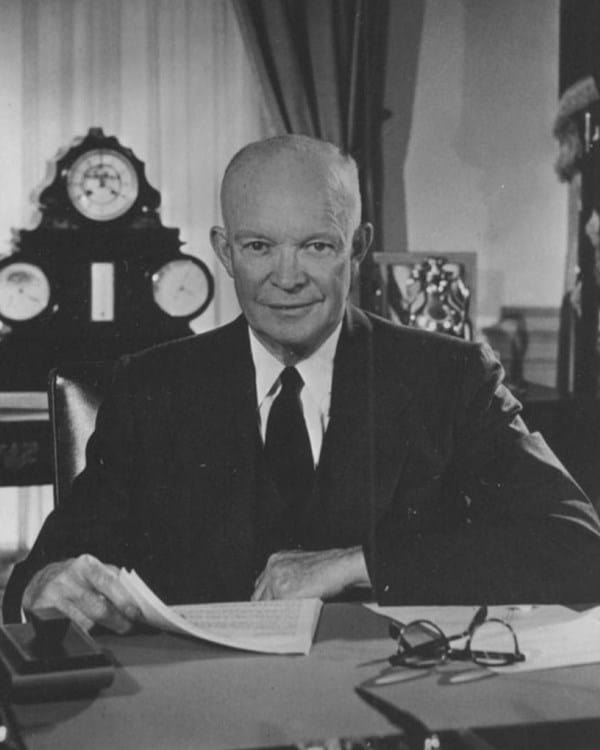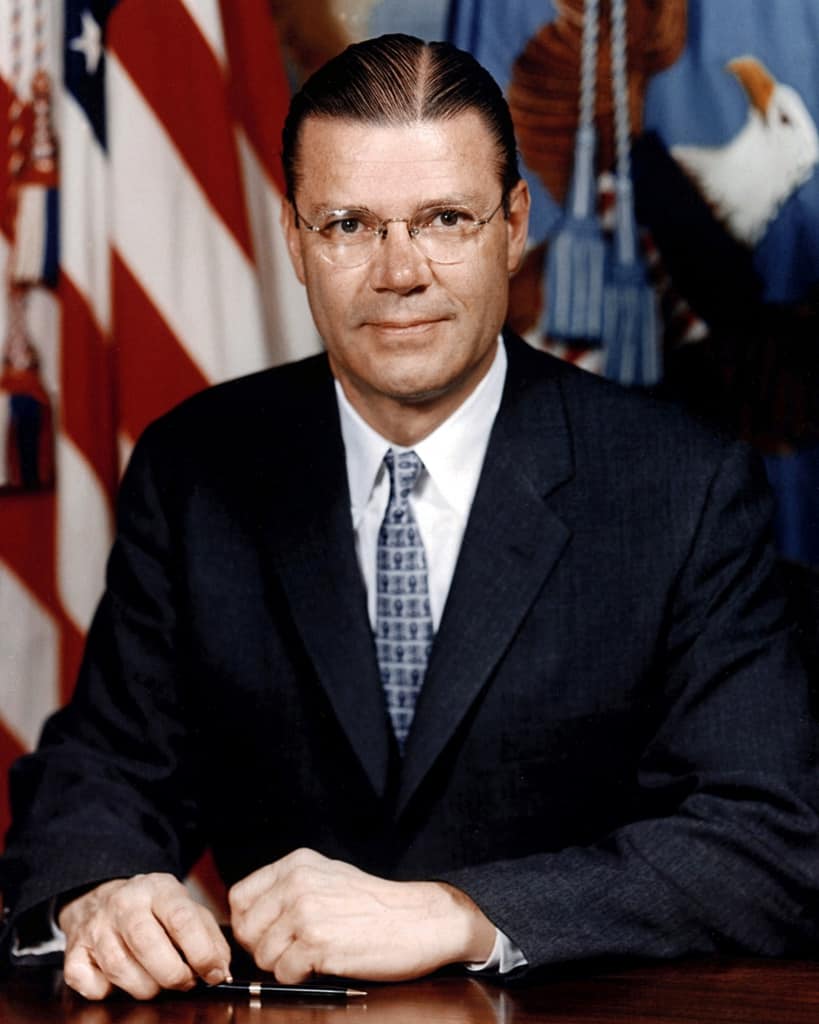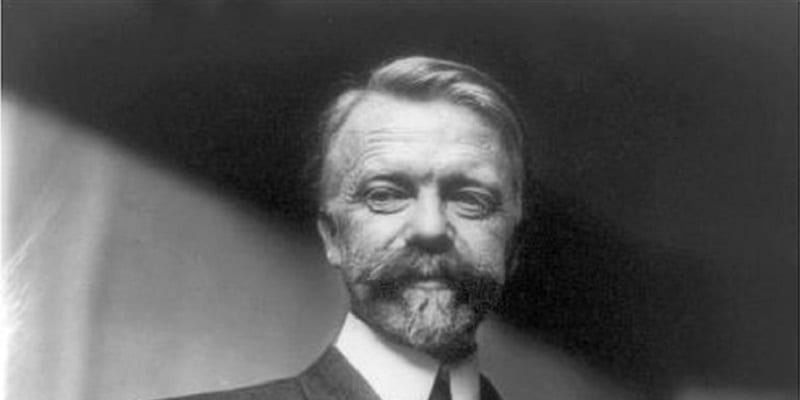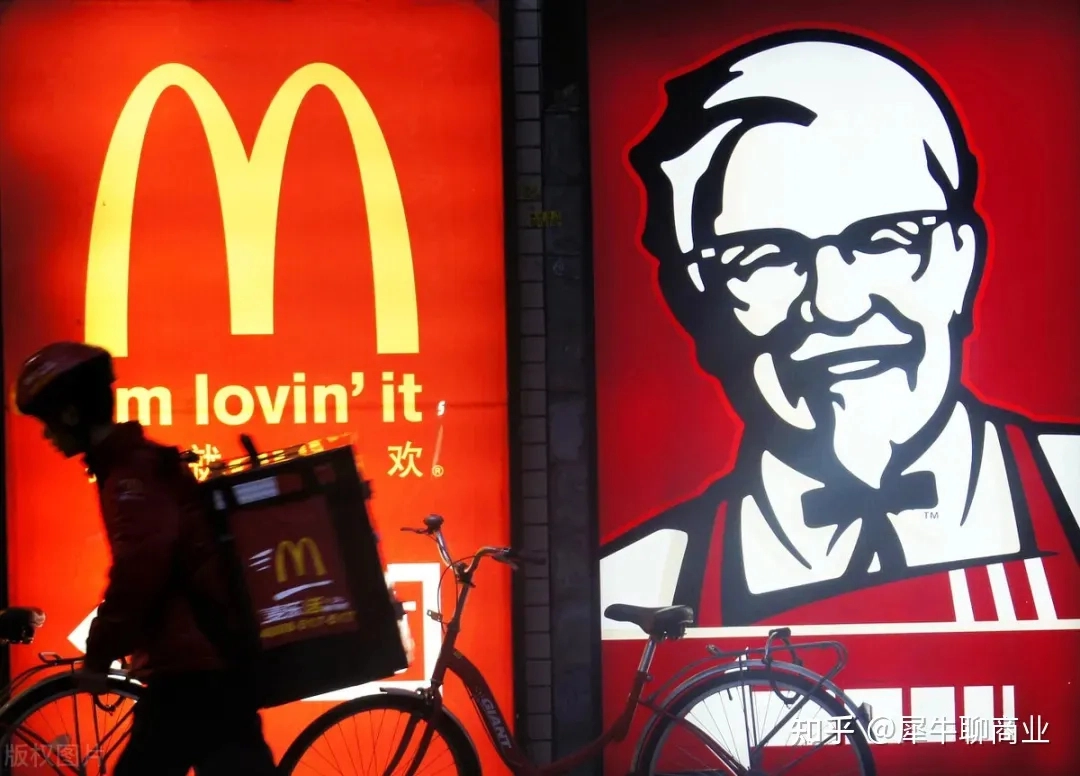If you've ever worked in a large government organization or corporation, you're probably familiar with the bureaucratic leadership style. While it can be frustrating at times, there's a reason why this leadership style has persisted for so long.
In this post, we'll explore what bureaucratic leadership is all about. And whether it's a good fit for your team.
- What Is Bureaucratic Leadership?
- What Are 6 Characteristics Of Bureaucratic Leadership?
- What Are Bureaucratic Leadership Advantages and Disadvantages?
- Examples Of Bureaucratic Leadership
- Key Takeaways
More Tips with AhaSlides
| Who is the best example of bureaucratic leadership? | Steve Easterbrook: The former CEO of McDonald's |
| Who invented Bureaucratic Leadership? | Max Weber |
| Main benefit of a bureaucracy? | Create an order in organization |

Looking for a tool to engage your team?
Gather your team members by a fun quiz on AhaSlides. Sign up to take free quiz from AhaSlides template library!
🚀 Grab Free Quiz☁️
What Is Bureaucratic Leadership?
Bureaucratic leadership is a leadership style that's all about maintaining order and consistency by following established rules and procedures. Consider it like a cake recipe: you must follow the steps to achieve the desired result. Bureaucratic leaders focus on ensuring that everyone operates within the same guidelines, so there's no room for error or deviation from the plan.

You'll often find bureaucratic leadership in government organizations, large corporations, and other formal institutions where structure and control are essential. And bureaucratic leaders are seen as traditionalists who value stability and continuity, so they're not always the best choice for innovative or creative environments.
While it may sound a bit rigid, this leadership can be effective for maintaining consistency and order in large organizations. In many cases, bureaucracy leadership helps to find the right balance between structure and flexibility to achieve the best results for your team or organization.
What Are 6 Characteristics Of Bureaucratic Leadership?
Here are 6 characteristics of bureaucratic leadership you need to know:
1/ Rules and procedures are essential
Bureaucratic leaders focus on the importance of sticking to established rules and procedures, believing that they are necessary for maintaining consistency and stability within the organization.
They believe that by adhering to strict guidelines and standards, employees can perform their duties more successfully and efficiently, with no confusion or misunderstandings.
2/ Hierarchy and clear lines of authority
Bureaucratic leadership requires a formal framework with clear lines of authority, which means that there is a well-defined hierarchy in the organization. Each level of the hierarchy has specific responsibilities and duties, and employees just need to follow the chain of command when making decisions or seeking guidance.

This hierarchy and clear lines of authority are essential part of bureaucratic leadership characteristics and might be useful in certain situations since it clarifies who is responsible for what tasks and decisions. It can help prevent confusion and conflicts, as well as ensure that tasks are assigned appropriately based on each individual's expertise and responsibility.
3/ Specialization is important
The bureaucratic leadership style values specialization, with each person in the organization having a specific role and area of expertise. This means that employees are expected to focus on their particular area of responsibility and become experts in that area, rather than trying to do multiple tasks that may be outside of their core competencies.
By allowing individuals to focus on their specific areas of expertise, the organization can benefit from their unique skills and knowledge.
Additionally, having specialized roles can help ensure that each task is performed at the highest quality level, as employees can devote their full attention and resources to their area of responsibility.
4/ Impersonal relationships
Bureaucratic leaders may have cold connections with their subordinates, focusing on performance and rule adherence rather than personal relationships. This means that the leader-subordinate relationship is more formal and transactional, with little emphasis placed on building personal connections or emotional bonds.
The impersonal relationships ensure that decisions and evaluations are based on objective criteria rather than personal biases or relationships.
Furthermore, creating clear boundaries between personal and professional relationships can help to avoid conflicts of interest, and make sure that choices are in the best interests of the business.
5/ Prioritize efficiency and productivity
Bureaucratic leaders prioritize efficiency and productivity. By focusing on efficiency, bureaucratic leaders aim to optimize resources, reduce waste, and increase productivity for the organization.
It guarantees that all decisions are made wisely, and tasks are completed in a timely and effective way.
6/ Resistance to change
Bureaucratic leaders may be resistant to change and innovation because they prefer consistency and predictability over experimentation and risk-taking. They might focus more on keeping things as they are than experimenting with new ideas or adapting to changing conditions.
Bureaucracy leadership helps the organization maintain a stable and predictable environment and prevent rash decisions or hasty changes that could have negative consequences.
Additionally, having clear procedures and protocols in place can help ensure that changes are implemented in an organized way, which can reduce errors.

What Are Bureaucratic Leadership Advantages and Disadvantages?
Bureaucratic leadership has its advantages and disadvantages. It's crucial for leaders to weigh the pros and cons of bureaucratic leadership in their specific context and to adopt a leadership style that best meets the needs of their organization.
Advantages Of Bureaucratic Leadership
- It ensures stability and consistency within the organization. This is essential in areas where reliability and predictability are important, such as manufacturing or finance.
- It simplifies the process and prevents confusion, especially in large organizations where there are many employees and complex processes.
- It makes sure that each employee's tasks are completed efficiently and can lead to greater productivity.
- It helps to make objective decisions without bias.
Disadvantages Of Bureaucratic Leadership
- Bureaucratic leadership styles can make it difficult for organizations to adapt to new practices or take advantage of new opportunities.
- It's difficult to respond to malicious or complex issues that fall outside of established rules and procedures.
- Employees lack motivation and job satisfaction because they do not build a close relationship with the leader.
- Bureaucratic leadership may stifle creativity and innovation, as there may be little room for experimentation or risk-taking.
Examples Of Bureaucratic Leadership
While bureaucratic leadership is not typically associated with famous leaders who possess strong personalities and charisma, there are still some examples of prominent figures who have exhibited such leadership qualities. Here are a few examples of bureaucratic leaders:
1/ Dwight D. Eisenhower

Eisenhower was a five-star general in the U.S. Army and later became the 34th President of the United States. As a military leader, he was known for his strict adherence to rules and procedures, which helped him lead his troops to victory during World War II.
2/ Robert McNamara

McNamara served as the Secretary of Defense under Presidents Kennedy and Johnson. He was known for his analytical and data-driven approach to decision-making, which emphasized efficiency and effectiveness.
3/ Henri Fayol

Fayol was a French industrialist and management theorist who is known for his work on bureaucratic management. He emphasized the importance of clear lines of authority, specialization, and formal procedures in achieving organizational efficiency and effectiveness.
4/ McDonald

McDonald's, the fast food chain, is often cited as a typical bureaucratic organization example. The company has a highly structured organizational hierarchy, with clear lines of authority and job specialization.
For example, employees are trained to perform specific tasks, such as taking orders or cooking food. They are expected to adhere to strict rules and procedures to ensure consistency and efficiency.
Key Takeaways
Bureaucratic leadership can be a double-edged sword, providing structure, consistency, and efficiency but potentially stifling innovation and adaptability. It may be a good fit for certain industries, such as healthcare or finance, where strict adherence to rules and regulations is crucial. However, bureaucratic leadership styles may not be ideal in more dynamic and fast-paced environments where quick decision-making and flexibility are needed.
It's important for leaders to be aware of its advantages and disadvantages and to use it appropriately in the right context. By understanding the characteristics of bureaucratic leadership, leaders can better determine when and how to use it effectively.
So, whether you're a manager or an employee, keep in mind the potential benefits and drawbacks of any leadership and how it might impact your workplace.
And don't forget AhaSlides provides a platform and template library for you to engage with your teams and gather valuable feedback that can help build a healthy and effective workplace.
Frequently Asked Questions
Got a question? We've got answers.








